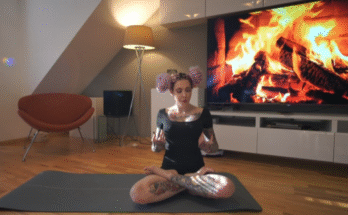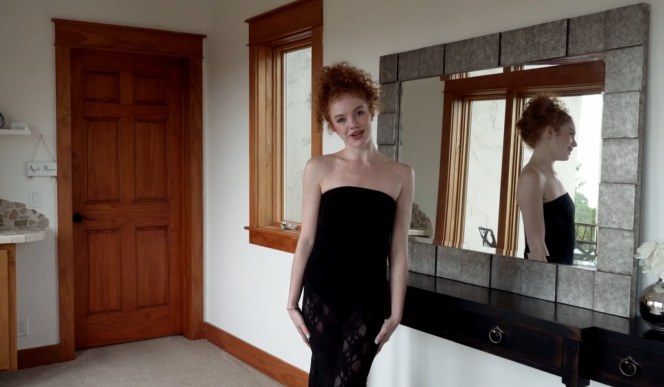
The Standing Forward Bend, also known in Sanskrit as Uttanasana, is a fundamental yoga posture often practiced in both beginner and advanced yoga classes. Though it may appear simple, this pose is deeply restorative and offers a wide range of physical and mental benefits. It’s more than just bending over and touching your toes—it’s about surrender, release, and self-awareness.
In this article, we’ll explore the physical mechanics, mental and emotional impacts, variations, common mistakes, and how you can incorporate the Standing Forward Bend into your daily routine to improve overall well-being.
What Is Standing Forward Bend?
Standing Forward Bend is a classic yoga pose that involves folding the torso over the legs from a standing position. The goal is to lengthen the spine, stretch the hamstrings, and relax the neck and shoulders while allowing gravity to do its work. The posture may be held for a few breaths or longer periods, depending on the style of practice.
In Sanskrit, Uttana means “intense stretch” and asana means “pose.” True to its name, this pose delivers an intense yet calming stretch, primarily targeting the posterior chain of the body.
How to Perform Standing Forward Bend
Here’s a step-by-step guide for beginners to get into the pose safely and effectively:
- Start in Mountain Pose (Tadasana):
Stand tall with feet together or hip-width apart. Ground through your feet, engage your thighs, and lengthen your spine. - Inhale and Raise Your Arms:
Stretch your arms overhead, lengthening the spine. - Exhale and Hinge at the Hips:
Begin to fold forward from your hips (not your waist), keeping your back flat as long as possible. - Let the Head Hang:
Once you’re folded forward, allow your head to hang heavily. Your hands may rest on the floor, on blocks, or grasp the ankles or calves. - Relax and Breathe:
Stay in the pose for 5–10 breaths or longer if comfortable. With each exhale, allow your body to release deeper into the stretch. - To Come Up:
Engage your core, and with a flat back or by rolling up slowly, return to standing on an inhale.
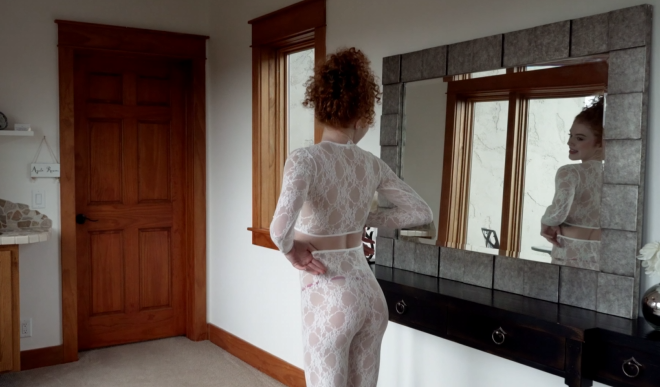
Benefits of Standing Forward Bend
This seemingly simple pose has a range of benefits:
1. Stretches the Hamstrings and Calves
One of the primary physical benefits is the stretch it provides to the back of the legs. If you sit for long periods or have tight hamstrings, this pose can gradually release built-up tension.
2. Relieves Tension in the Spine and Neck
When performed correctly, the upper body hangs like a rag doll. This decompresses the spine and releases built-up tension in the neck, shoulders, and upper back.
3. Calms the Mind and Reduces Anxiety
The inverted nature of the pose (head below heart) has a calming effect on the nervous system. It promotes introspection, quiets mental chatter, and is often used to relieve symptoms of anxiety and stress.
4. Improves Digestion
As you fold forward, gentle pressure is applied to the abdominal organs, which may stimulate digestion and help with bloating or sluggishness.
5. Enhances Blood Flow
The inversion helps improve blood circulation to the brain, potentially increasing mental clarity and alertness.
Mental and Emotional Aspects
Standing Forward Bend is not just a physical exercise—it encourages a deep inward turn. It embodies the concept of surrender and letting go, making it a powerful posture in emotional healing practices.
When you bow forward, you are metaphorically surrendering to the moment, releasing control, and accepting things as they are. It’s a moment of humility and introspection that can offer emotional clarity, especially when practiced regularly.
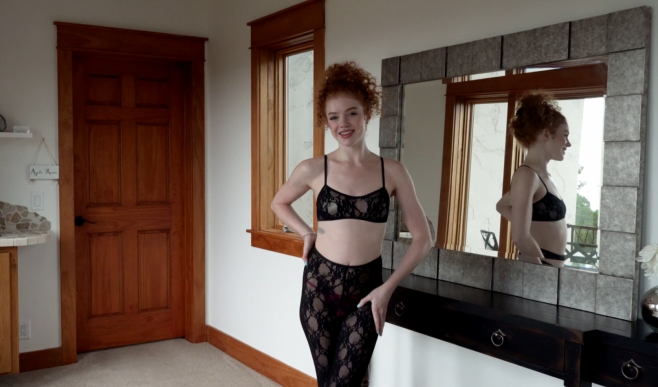
Modifications and Variations
Not everyone has the same level of flexibility or comfort in the pose. Fortunately, Standing Forward Bend is highly adaptable.
For Tight Hamstrings:
- Bend your knees generously. This allows the spine to release without straining the legs.
- Use yoga blocks under your hands for support.
To Deepen the Pose:
- Try grabbing the opposite elbows behind your calves in a “rag doll” position.
- Shift weight slightly forward onto the balls of your feet to lengthen the hamstrings.
Seated Alternative:
If standing is difficult, perform a Seated Forward Bend (Paschimottanasana) on the floor with legs extended.
Common Mistakes to Avoid
While this pose looks easy, several common misalignments can reduce its benefits or cause strain:
- Rounding the Back Too Early:
Always initiate the fold from the hips, not the waist. Rounding the spine prematurely can lead to back strain. - Locking the Knees:
Hyperextending the knees places stress on the joints and limits hamstring flexibility. - Forcing the Fold:
Never pull or jerk your body into a deeper stretch. Let gravity and breath guide you gently. - Tensing the Neck:
The head should hang freely. Avoid lifting or tensing the neck muscles.
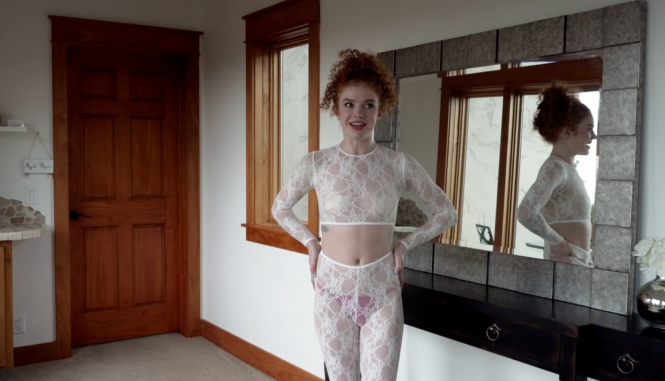
Integrating It Into Your Routine
You can practice Standing Forward Bend in many ways:
- Morning Wake-Up: After waking up, a few gentle folds can energize the spine and hamstrings.
- As a Break During Work: If you’ve been sitting for hours, standing and folding forward helps relieve back and leg stiffness.
- In Yoga Flows: Use it as a transition pose in sun salutations or between standing postures.
- Before Bed: The calming effect makes it ideal for winding down at night.
Contraindications and Cautions
While generally safe, some people should approach Uttanasana with caution:
- Back Injuries: Keep the knees bent and avoid deep folding.
- High Blood Pressure: Consult a doctor, as head-below-heart positions can aggravate the condition.
- Pregnancy: After the first trimester, deep forward bends are not recommended without modifications.
- Eye Issues (e.g., Glaucoma): Inversions may increase eye pressure and should be practiced under supervision.
Final Thoughts
Standing Forward Bend is a beautiful blend of strength, flexibility, and mindfulness. It teaches us to let go, to be patient with our bodies, and to breathe through discomfort. Whether you’re a complete beginner or a seasoned yogi, Uttanasana is a pose you’ll return to again and again for its grounding, calming, and restorative powers.
In our fast-paced, often stressful lives, taking just a few minutes each day to fold forward, breathe deeply, and turn inward can be a powerful act of self-care. Let the Standing Forward Bend remind you to pause, to release, and to flow with grace.

